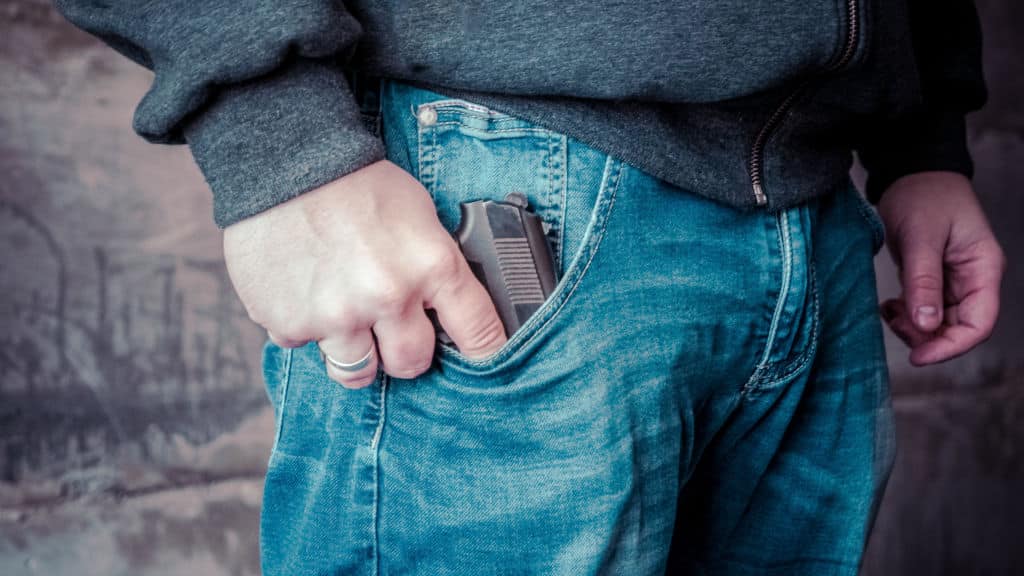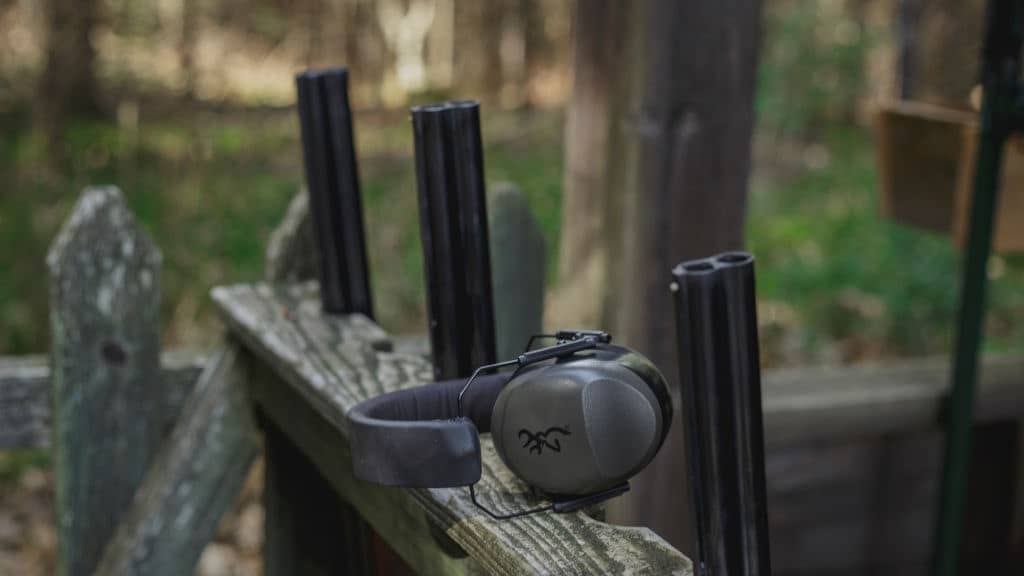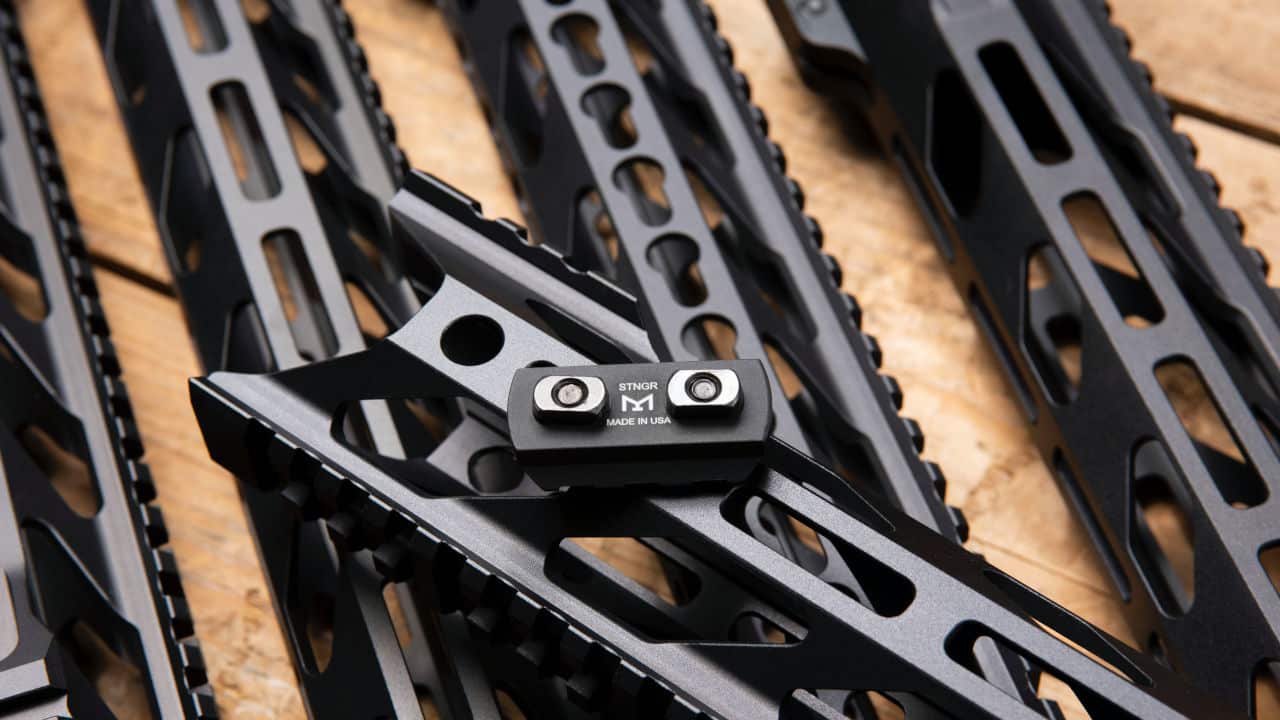Firearms are dangerous! Are they? Yes, they are.
The Merriam-Webster Dictionary defined the word DANGEROUS as “able or likely to inflict injury or harm,” and firearms? They can do much more than inflict injuries and cause harm. Generally speaking, whether one holds a gun to deliberately attack someone else or pulls it out in self-defense, a shot being fired from a gun will cause harm or injuries. In some scenarios, it can lead to death, irrespective of the person it’s being shot at. It’s a machine with mechanics and can be set off just by a simple pull of the “trigger.”
Nevertheless, a trigger isn’t even pulled in some cases, and a shot is set off from a firearm. In this case, one can say the firearm is defective, causing it to fire with just a simple shake. Guns can also not fire even after the trigger has been pulled. There are scenarios when a trigger is pulled, and nothing happens. Whichever the case, it just shows that it’s a machine with mechanics, and machines can malfunction or become faulty without prior notice.

With its lethality and dangerous propensity, firearms in the U.S. are products with no safety standards.
The Consumer Product Safety Commission, an independent agency of the U.S Government that seeks to promote the safety of consumer products, cannot recall firearms as a product should a product defect happen. Despite that, state and municipal laws govern firearms.
Also, the Bureau of Alcohol, Tobacco, Firearms, and Explosives (ATF), a federal agency, is in charge of overseeing the industry. Still, they are not subject to federal health and safety regulations as they have been uniquely excluded by the Consumer Protection Act. However, courts and customers can hold gun manufacturers liable for producing a faulty firearm.
Faulty Firearm Cases In the United States
Several cases relating to firearm defects have been tried in courts across the United States. However, these cases are not associated with the plaintiff being anti-gun or trying to go against the right of citizens to keep and bear firearms. They are mainly to address the problem of defects in products and get compensation for injury caused by the firearm defect.
In an interview on TheAttorneysTV, a guest attorney explained that most firearm defects cases fall under two categories which are;
- When a gun fires before a trigger is pulled, and;
- When a firearm doesn’t meet the expectation of the product buyer. This can include a rifle exploding while in use.
In the case of Loitz v. Remington Arms Co, the barrel of a shotgun he was using exploded during a trapshooting meet at a gun club, and Loitz sustained injuries to his left hand and thumb. He charged the defendant with negligence and willful and wanton misconduct. It was established that before the plaintiff’s injury, the defendant had received notice of 94 other barrel explosions involving shotguns and resulting in personal injuries.

Another case is the case of Mahoney v. Daisy, where the defendant settled the plaintiff’s product liability lawsuit for approximately $18 million.
Amongst others, there is also a recent case of Slatowski et al. v. SIG SAUER, INC., a former U.S. Marine and federal agent filing a $10 million lawsuit against Sig Sauer Inc. for the plaintiff’s product (Sig P320 Pistol ) discharging into his leg while being holstered.
Illustrating The Mechanics of A Defective Firearm with Courtroom Animation
An interview by an attorney on TheAttorneysTV clearly explains the mechanics of a defective firearm.
A Ruger Blackhawk .41 Revolver was used as an example. The mechanics showed a metal piece inside the revolver called a firing pin. The hammer, which is also a part of the mechanism of a firearm used to ignite the propellant and fire the projectile, was placed all the way down in this product, making it rest on the firing pin. The firing pin was then resting on the back of a bullet. Hence, if this revolver is dropped, it will strike the firing pin and take a little bit of force to hit the back of the bullet and make it go off.
With courtroom animation, the complex mechanics of a faulty revolver can be illustrated in a simple 30-sec video, hence saving the jury the pain of having to understand the mechanics of a gun.
Also, courtroom animation can be used to explain a safety testing exercise carried out on a firearm. It can be used to create an explainer video of what would happen if a gun is dropped to point out if the gun’s mechanics are gotten right.
Even so, courtroom animation can go further and be used to showcase the way a faulty firearm would have functioned if any form of safety mechanism had been incorporated in the design by the manufacturer.






